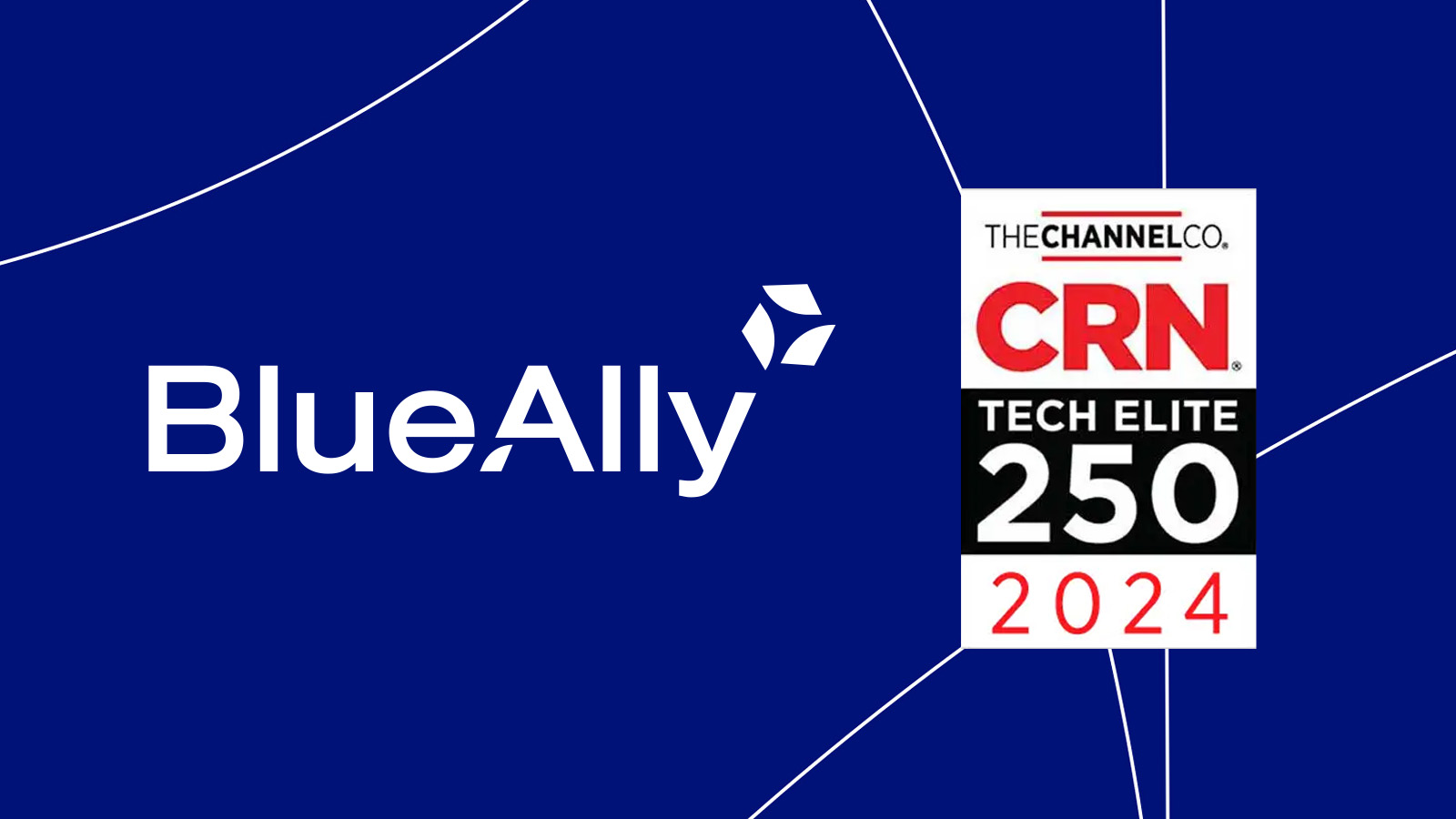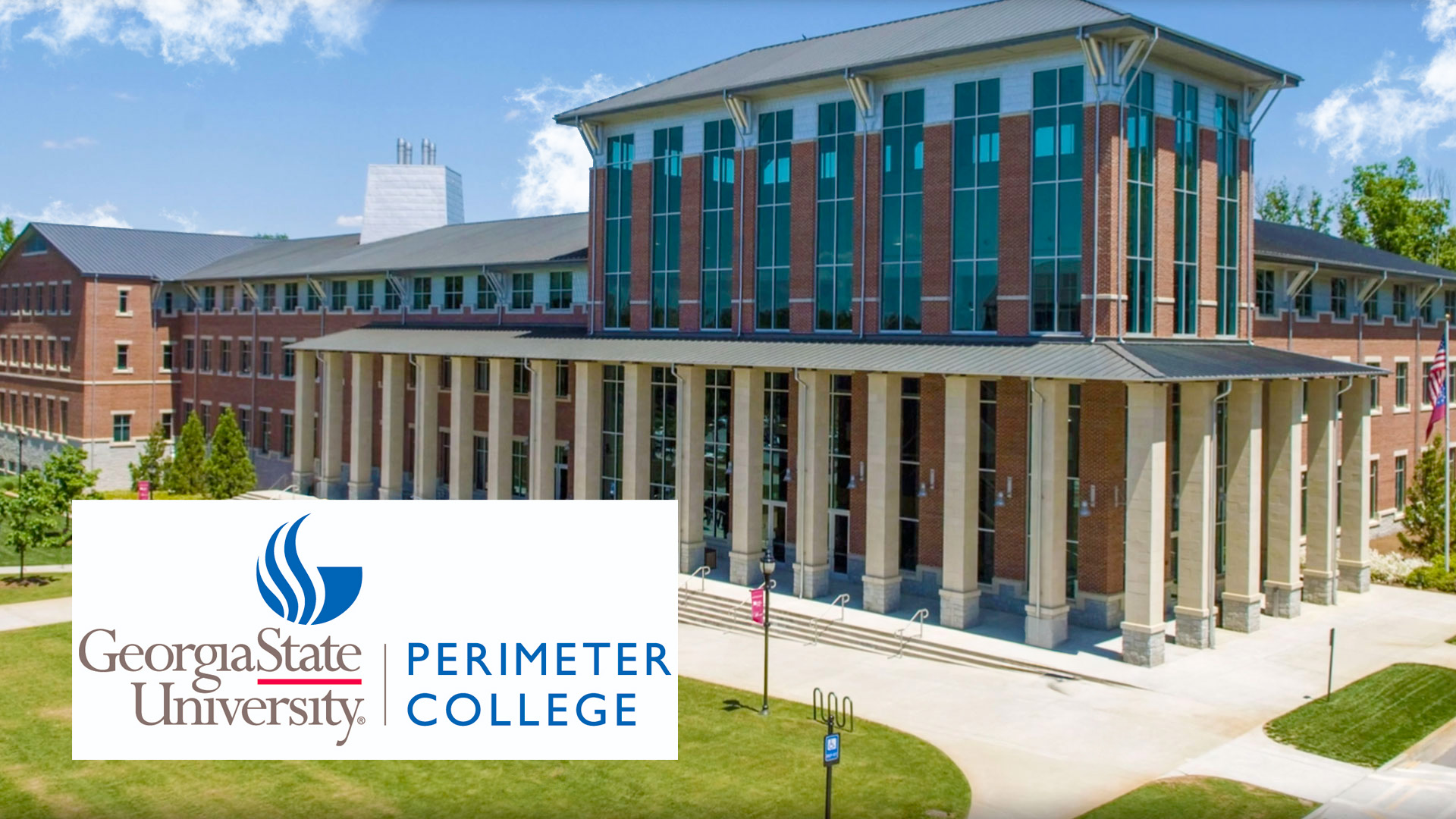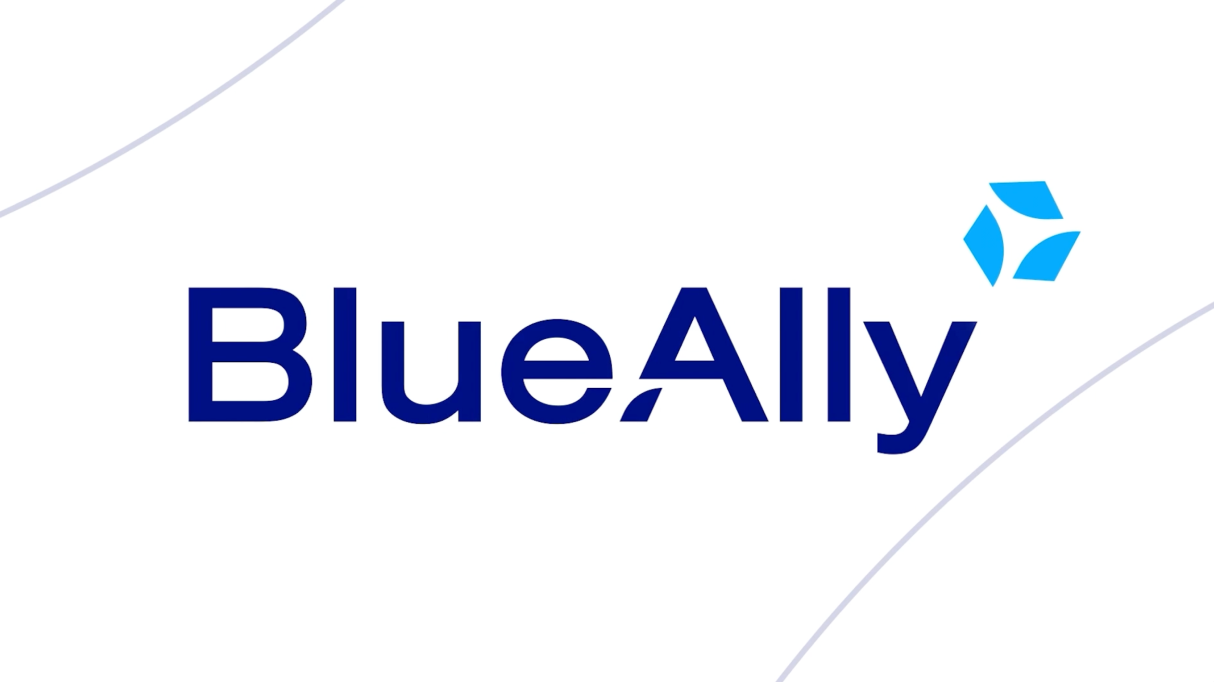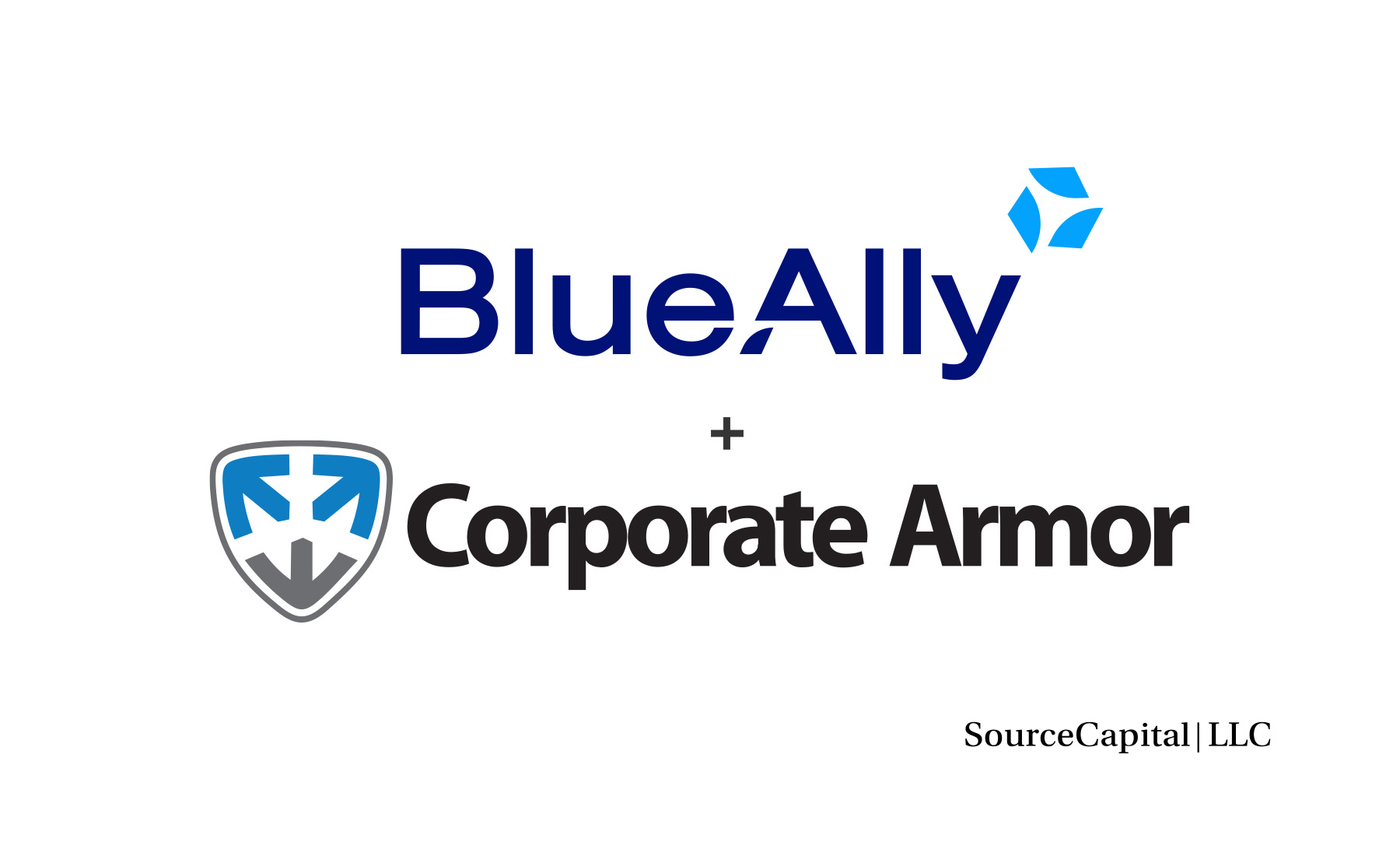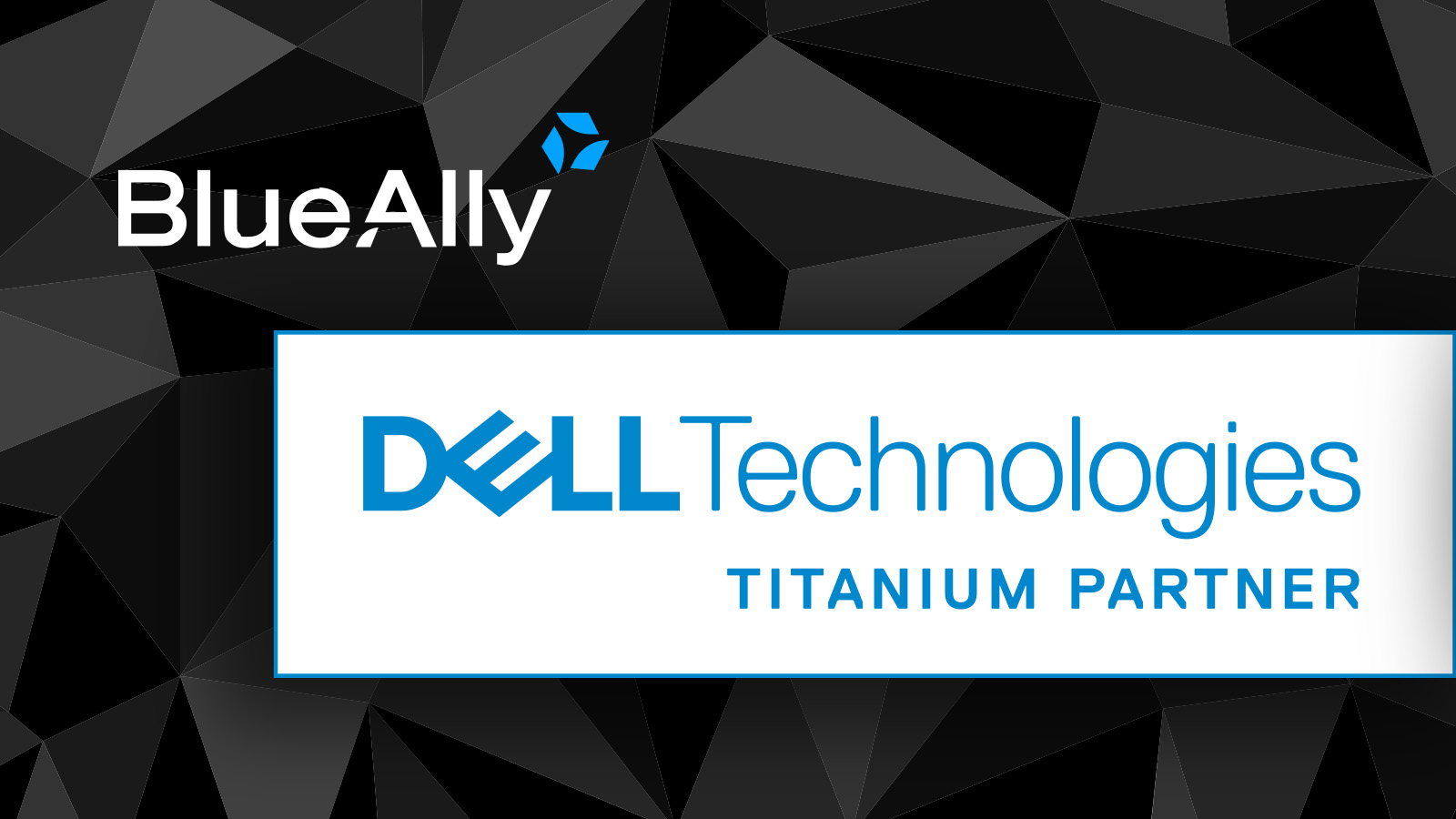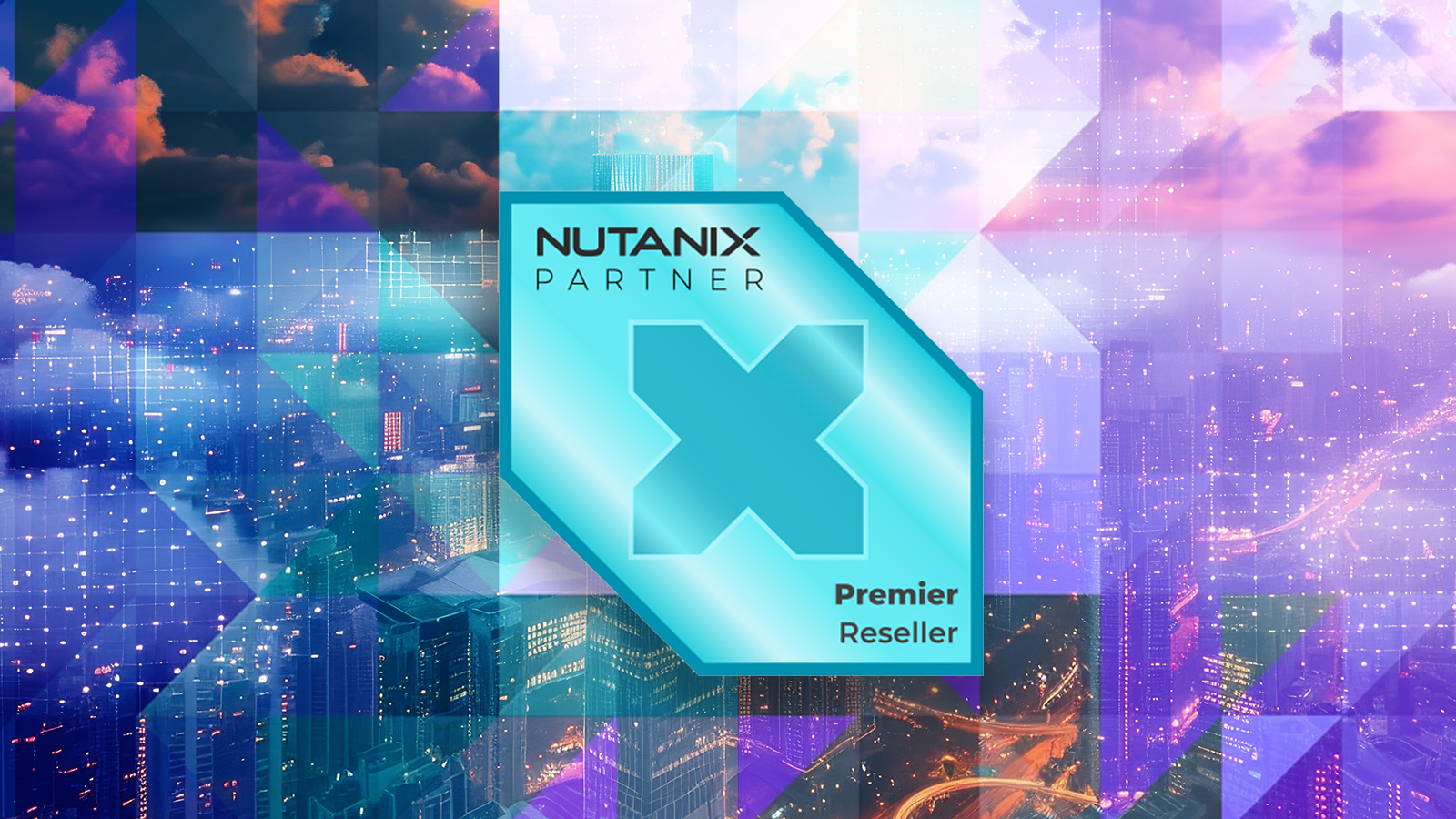 FEATURED
FEATUREDBuilding and managing a winning organizational IT infrastructure has always demanded resilience and expertise. Today, this truth rings louder than ever. Due to modern and fast-paced technological evolution, escalating complexity and emerging organizational demands, the onus on IT to drive productivity and business value with ingenuity amid uncertainty has never been more pronounced—leaving chief information officers (CIOs) with a multitude of challenges and opportunities as they navigate the intersection of technology and business strategy.
From capitalizing on the current and future potential of generative AI to addressing increasing cybersecurity threats, CIOs are tasked with making critical decisions that shape the future of their organizations—which begs the question: “What technology hurdles are CIOs turning to their IT partners to for additional insights and support in 2024?” Following are some of the top trends and questions on Fortune 100 CIOs’ minds this year— plus strategies and approaches to overcome them.
Generative AI: Balancing Innovation & Collaboration
- How can generative AI enhance our cross-team collaboration while mitigating potential challenges to governance frameworks and corporate culture?
Teams can utilize tools like virtual whiteboards and real-time document collaboration to ignite creativity and efficiency across geographically dispersed teams. However, challenges such as data privacy and security concerns may arise, requiring robust governance frameworks and clear communication to mitigate risks without stifling innovation.
- What strategies can be employed to leverage powerful generative AI while ensuring alignment with corporate values and ethical standards?
Organizations should prioritize transparency and accountability in AI algorithms, ensuring they align with corporate values and regulatory standards. Proactive engagement with stakeholders and continuous monitoring of AI systems can also help to curb unintended consequences and ethical dilemmas, encouraging trust and responsible AI adoption.
Data Governance & Management
- What approaches are most effective in optimizing data engineering, architecture, management and governance to drive business value and regulatory compliance?
Effective data governance requires a comprehensive approach encompassing data quality management, metadata management and compliance with regulatory requirements. By implementing data management frameworks and leveraging advanced analytics tools, organizations can fully leverage important informational assets while ensuring compliance with regulatory standards.
- How can we leverage data as a strategic asset while minimizing risks associated with security breaches and privacy concerns?
Businesses must prioritize data security and privacy by implementing encryption, access controls and robust authentication mechanisms. Additionally, proactive monitoring and threat detection measures can help identify and mitigate potential risks, safeguarding sensitive data and maintaining customer trust.
Cybersecurity in the Age of AI
- How can AI be leveraged to enhance cybersecurity defenses in the face of AI-amplified cyber threats?
AI-powered cybersecurity solutions can analyze vast amounts of data to detect anomalies and identify potential threats in real time, enhancing the speed and accuracy of threat detection and response. By leveraging AI-driven predictive analytics and machine learning algorithms, organizations can stay ahead of evolving cyber threats and proactively protect their digital assets.
- What steps are necessary to align cybersecurity initiatives with broader business goals and protect against the increasing sophistication of cyber-attacks?
Aligning cybersecurity initiatives with business goals requires a holistic approach that considers risk tolerance, regulatory requirements and industry best practices. By integrating cybersecurity into the overarching business strategy, organizations can establish a culture of security awareness and resilience, enabling them to adapt and respond effectively to emerging cyber threats while minimizing business disruptions.
Talent Management & Workforce Learning
- What strategies are essential for addressing IT talent concerns and nurturing a skilled workforce capable of driving innovation?
Organizations can implement strategies such as talent acquisition and retention programs, professional development opportunities and cross-functional training initiatives. By investing in employee growth and empowerment—either internally or in collaboration with an outsourced IT partner—a CIO can cultivate a culture of continuous learning and innovation. This approach enables the workforce to adapt to evolving technological trends and drive organizational success.
- How can workforce learning programs be optimized to enhance productivity and talent retention in a rapidly evolving technological landscape?
Optimizing workforce learning programs requires a personalized approach that aligns with individual learning styles and career aspirations. By leveraging e-learning platforms, mentorship or certification programs and hands-on training opportunities, organizations can empower employees to acquire new skills and knowledge relevant to their roles.
Legacy Systems & Automation
- How can organizations modernize infrastructure and legacy applications to improve interoperability and agility?
Modernizing infrastructure and legacy applications requires a strategic approach that balances short-term needs with long-term goals. By adopting cloud-native technologies, microservices architecture and more, organizations can improve scalability, agility and interoperability, while minimizing setbacks to existing systems and workflows.
- What role does automation play in optimizing IT operations and driving cost-effectiveness in budget allocations?
Automation plays a critical role in streamlining IT operations, reducing manual intervention and improving efficiency across the organization. By automating or outsourcing routine tasks such as provisioning, monitoring and maintenance, organizations can free up valuable resources and personnel to focus on strategic business initiatives and innovation. Additionally, automation can help optimize IT budget allocations by reducing operational costs, minimizing errors and improving resource utilization, ultimately driving cost-effectiveness and maximizing ROI.
Navigating IT Complexities with a True Technology Ally
These questions only scratch the surface of the myriad challenges faced by CIOs. From cybersecurity threats to talent management concerns, the burden on CIOs to deliver innovative solutions while managing complex IT infrastructures is immense—making continual support and strategic guidance of an experienced and robust IT partner like BlueAlly a true game changer.
BlueAlly’s experts are dedicated to guiding organizations through the intricate challenges of the digital frontier—helping your business to trade IT complexity for greater capabilities and successful outcomes. Partner with BlueAlly today and experience the difference that strategic technology solutions can make in driving innovation and achieving your top business objectives. Connect with our team today at contact@blueally.com.






